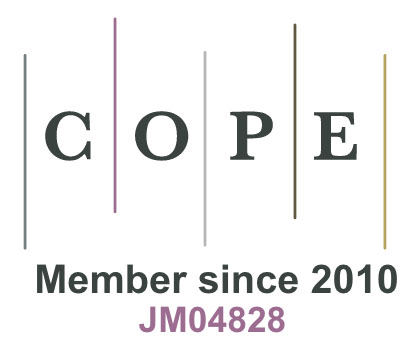Illuminating the Contributions of African American Nurse Scientists
The current ANS featured article is titled “Illuminating the Contributions of African American Nurse Scientists Despite Structural Racism Barriers: A Qualitative Descriptive Study” authored by Marie Campbell Statler, PhD, RN; Barbra Mann Wall, PhD, RN, FAAN; Jeanita W. Richardson, PhD; Randy A. Jones, PhD, RN, FAAN; and Susan Kools, PhD, RN, FAAN. This article has Professional Development contact hours available! While it is featured you can download the PDF at no cost. Dr. Statler has provided this information about this work:
Illuminating the Contributions of African American Nurse Scientists Despite Structural Racism Barriers: A Qualitative Descriptive Study
“Everything I do has an equity lens … far too long we’ve had health disparities in the Black community, and at this point, we keep having the same conversations, and so I think that as a Black nurse scientist, I have a lived experience that is as equally important as the science. We have to get to a point where we recognize our lived experience as being experts in that space and so, really just wanting to be a trusted partner in the community and to be able to conduct research, not for the purposes of my own benefit, but for the benefit of the community truly”
My research program aims to eradicate health disparities in some of the most affected African American communities. To achieve this goal, I aim to design and implement asset-based health promotion interventions that prioritize the needs of research participants and their communities. As an African American nurse scientist, I draw on my lived and prior experience as a research nurse to explore the factors that influence African Americans’ participation in health research, despite a history of abuse and distrust. I believe that research can play a significant role in addressing health
disparities by recognizing and confronting the historical and social factors that have contributed to these disparities. Furthermore, my work is grounded in a deep understanding of the shared cultural experiences of Black communities and the historical context that shapes their health outcomes.
This study was conducted during a period where increased initiatives to diversify the nursing workforce were met with a renewed efforts to address structural racism and discrimination. In a quest to better understand the bidirectional relationship between African American nurse scientists and African American research participants in health research and how their relationships influence research participation. Extant literature found the roles of African American nurse scientist’s including their relationship dynamics with African American research participants, shared barriers faced with structural racism, and contributions to science was limited. As part of a larger study that included thirty-three research participants, I sought to describe African American Nurse Scientist experiences through a race-conscious lens.
A qualitative description methodological approach provided the rich descriptions of African American Nurse Scientist experiences. (Crenshaw et al., 1995; Green & Thorogood, 2018; Neergaard et al., 2009; Sandelowski, 2000). This study used researcher reflexivity and a deep historical reexamination to examine the perspectives of African American nurse scientist interactions with African American research participants. This article offers to a growing body of scientific knowledge that advances our understanding of systemic racism and anti-racist theory. Moreover, the study identified several themes, including the obstacles faced by African American nurse scientist as doctoral students, their cultural experiences with structural racism, their role as designers of culturally sensitive research, and the importance of humanitarian respect and relationship depth with their research participants. This publication offers recommendations for nursing education and research policy reevaluation that can be utilized for actionable change to reduce barriers faced by African American nurse scientists that will ultimately impact African American health disparities.
I would like to thank my co-authors, Dr. Susan Kools, Dr. Barbra Mann Wall, Dr. Jeanita W. Richardson, and Dr. Randy A. Jones for their inspiration and collaboration. I am deeply grateful for their mentorship, expertise, and encouragement!
References
- Crenshaw K., Gotanda N., Peller, G., & Thomas, K. (Ed.) (1995). Critical Race
Theory: The Key Writings That Formed the Movement. New York, NY: The New
Press. - Green, J. & Thorogood, N. (2018). Qualitative Methods for Health Research: 4th
Edition. Thousand Oaks, CA. SAGE. - Neergaard, M. A, Olesen, F., Andersen, R. S., & Sondergaard, J. (2009).
Qualitative description: Poor cousin of qualitative health research? BMC-Medical
Research methodology, 9, 52-56. doi: 10.1186/1471-2288-9-52 - Sandelowski, M. (2000). Focus on research methods: Whatever happened to
qualitative description? Research in Nursing & Health, 23, 334-340. https://doi-
org.proxy01.its.virginia.edu/10.1002/1098-240X(200008)23:4%3C334::AID-
NUR9%3E3.0.CO;2-G





